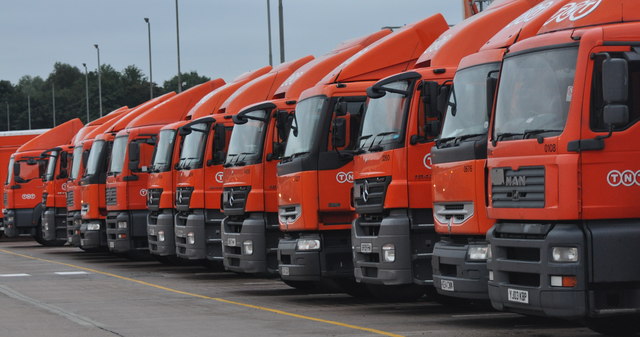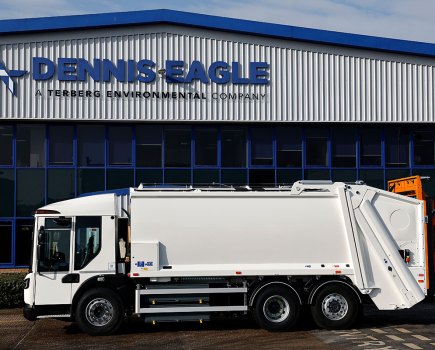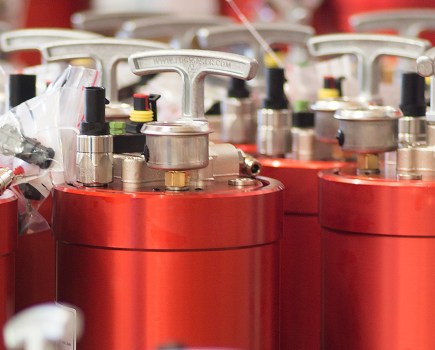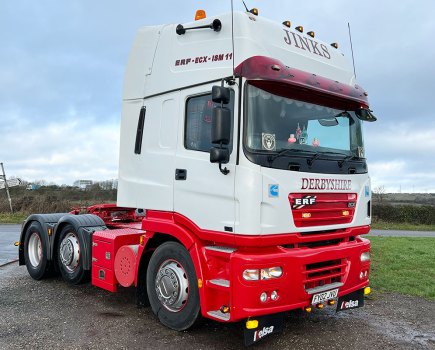
In the past 35 years, there have been a great deal of changes to heavy trucks and legislation. From tighter emission controls to the rise in engine power outputs, there has been significant developments. However, the most significant of all is the arrival of connectivity.
30 years ago, when a truck left the haulage yard, all communication ceased to exist, the owner immediately lost control with the vehicle. The only form of contact would be when the driver telephoned to report the successful delivery of the cargo or rang from a public call box to say that either traffic or weather were so dire that the destination would be out of reach until a later time.
Oh how things have changed; today’s trucks can be remotely tracked through a telematics system. Each vehicle can be seen on screen, pinpointing their exact location, the direction it is headed and how far away it is from the delivery point. Sensors are used to monitor the health of the truck, even if it’s hundreds of miles from base. Mobile phones and hands-free systems, now mean that the driver can be contacted at any time, of course, taking into account that it is safe to do so. Now, not only can trucks communicate with base, but they are increasingly able to communicate with one another.
Last April, six truck manufacturers took part in the European Truck Platooning Challenge over several hundred miles, with their final destination being Rotterdam. Platooning involves trucks driving very closely behind one another, whilst communicating wirelessly; matching the patterns of each other’s speed and braking. The close proximity means that the aerodynamic drag is reduced alongside fuel consumptions and CO2 emissions.
A further benefit is that the the footprint from the group of trucks is smaller than it would otherwise be, leading to a more efficient use of our highway network.
Close can be defined as a 10-meter separation at 50mph, the saving on fuel can be up to 15%. The lead truck, which is setting the pace, can even make a 3% saving thanks to the rear air turbulence reduction. Platooning can work well on motorways that have junctions that are many miles apart. It will, however, be less effective on routes that have closely spaced junctions, due to trucks having to keep moving apart to allow for car drivers to both leave and join the carriageway easily.
“Enforcement officers standing at the roadside will soon have the advantage of being able to communicate with trucks across Europe fitted with the latest digital tachographs as they drive past,” says legislative expert Arne Lohage. “However, due to privacy legislation, officers will not be able to glean any information remotely on how long drivers have been on the road and when they last took a break,” he adds.
“Officials will be able to distinguish whether the driver is driving without a valid tachograph card, if they do in fact have one inserted at all, and if there has been any interference with the motion sensor to give a false reading,” he says.
If something appears to be awry, they can immediately contact an enforcement team a few miles away and make sure that the truck is pulled over, in order to conduct a thorough investigation and resolution.
These rules will be put in place on 15 June 2019; however, EU member states have been given a timeline of up to 15 years in order to implement said rules. Even with them in place, they only have to act to the extent they deem to be appropriate. As a consequence, just one portable unit could be acquired where they interrogate tachographs remotely. Such an approach would nullify the movement in favour of a targeted enforcement system. This could result in only stopping trucks, which warrant suspicion that an offence is in fact being committed, rather than using a scattergun approach and searching randomly in the hope that something will be found untoward.
“It would be a halt on the onward march of technology, denying the benefits which could help prevent overloading,” says Lohage.
The EU Directive 2015/719 obliges member states to ensure that onboard sensors that alert authorities of weight limits being exceeded, are fitted; the alternative approach would be to put weight pads within the road surfaces that will react if driven over by an overloaded truck. Subsequently the vehicle can be stopped and the driver will be obliged to take the vehicle over a weighbridge; this directive comes into power on 27 May 2021.
Operators can conveniently use their on-board telematics system to access and download any tachograph data and employ Stoneridge’s OPTAC3 software to analyse any infringements that may have been committed. “This can be viewed in real time, although this is not a common practice at present,” says Lohage. Using the software in this way could have the potential to be a useful management tool, as it means operators can see which drivers still have remaining hours and which do not.
This availability of data is a great tool for the authorities, giving them another source to ensure compliance if the operator is willing to agree to it. Set for early 2017 introduction, the UK’s Driver and Vehicle Standards Agency’s Earned Recognition Scheme will give the agency remote access to all records of hauliers. This in turn means trucks are a lot less likely to be stopped, assuming the DVSA is content with what it oversees. All businesses that have volunteered to take part in the scheme must have held an Operator’s Licence for at least 2 years, along with a good compliance history.
Do you think European legislation will cease to be relevant once Britain leaves the EU? Unfortunately, we forecast it’s unlikely to be that simple. In addition to the Earned Recognition scheme being a UK initiative, standards that lead to better safety are unlikely to be ditched wholesale post-Brexit, regardless of where they originated or what the ultimate outcome may be.
For more information, head to https://www.optac.info/uk/






